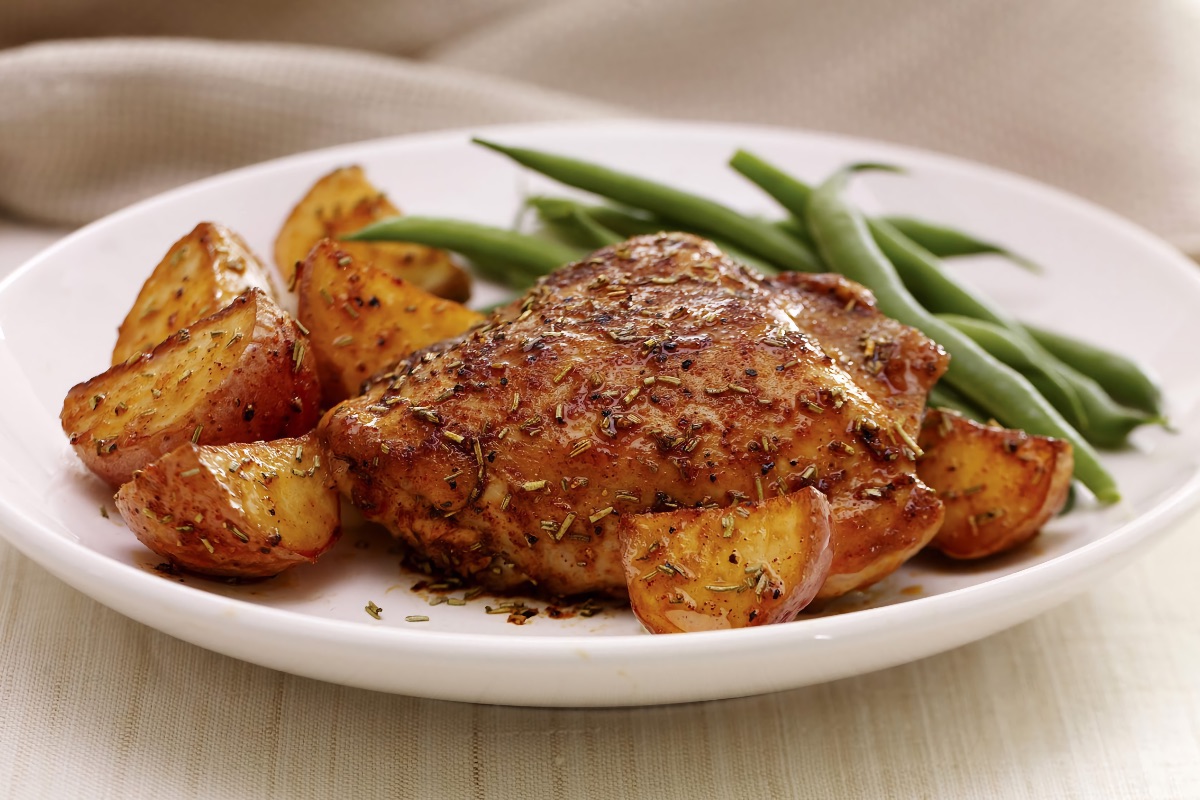These tender gourds are likely taking over markets right now. Here's what to do with them all
Summer squashes aren’t generally anyone’s favorite vegetable. They’re on the bland side, and if cooked incorrectly, can get soggy. But once they’re in season, they flood farmers markets for months. These plants are aggressively productive. And if you treat them right they can feed you well all summer.
The types most commonly known, the green and yellow ones you see at grocery stores, are the least exciting. To really appreciate summer squashes, get to a farmers market and buy the unfamiliar, or weird-looking ones (or the tiny ones).
How to Shop for and Store Summer Squash
Across the board, bigger isn’t better. Bigger squashes are more fibrous and are more likely to have fat, bitter seeds. Instead, look for firm young ones that aren’t rubbery in the slightest.
Summer squashes aren’t great keepers, no matter their type. Store them in the fridge, and try to eat them within a few days of purchase. And be careful when you’re transporting them—these things are sensitive and easily scratched.
How to Cook Summer Squash
Some squashes have tiny prickly hairs that are completely edible, but if you don’t want to eat them, they come right off with a little scrubbing. No need to peel the skin!
Super fresh and young squash are lovely shaved into raw ribbons. But all summer squashes benefit from a touch of high heat. Cook them hot and fast so they get a bit of color on the outside and retain their bite inside. We have some summer squash recipes to help you out.
And Keep an Eye Out for These Cool Varieties
Not to totally put down zucchini and yellow squashes, but they really don’t taste like much, especially if you’re getting big ones from a grocery store. Instead, look for these at your local market.

Kristy Mucci
Middle Eastern (a.k.a. Kousa, Cousa, Lebanse, Egyptian, Kuta, Magda, and many other names): These are light green and streaky, smooth-skinned, and a little shiny. They’re delicate and bruise easily, but the flesh is pretty solid, so even if they get banged up on your way home, they’ll be fine. They’re crisp and sweet.

Kristy Mucci
Round or Globe: As tasty as the Middle Eastern kinds. They’re dense, practically seedless, smooth textured, and almost meaty when cooked.
Tatume: Common in Mexico. Super dense with smooth flesh and an extremely low seed count.

Korean (a.k.a. Chosun or Avocado): These are my favorites: nutty and buttery with firm, succulent flesh, and I’ve never encountered one that’s been spongy or pithy. The flesh turns a pretty pale yellow when cooked.

Kristy Mucci
Pattypan or Scallop: Points for the most amusing shape. They’re on the bland side, but they’re cute! Buy them small for better texture.
Yellow Crookneck: A little hard to find. They’re an old variety (think Thomas Jefferson era). The ones with especially crooked necks and warts are more flavorful and have a firmer texture.

Kristy Mucci
Zephyr: An especially pretty new hybrid of crooknecks and another cross of delicata and yellow acorn squashes (which you can totally pick up on, texture-wise).
 Kristy Mucci
Kristy Mucci
Costata Romanesca: The more interesting squash we all wish zucchini was. It’s juicy and sweet when it’s young. These are especially time-sensitive and need to be eaten kind of immediately after purchase. They get sad and flabby and bitter pretty quickly.
 Kristy Mucci
Kristy Mucci
And the flowers: People go crazy for squash blossoms. I get it; they’re pretty. But they’re even blander than the vegetables. They’re great filled with cheese, or battered and fried (or both).
Male and female plants produce flowers. If you grow these at home, and want your plants to keep producing, leave the female flowers, which stay closer to the plant. Male flowers stand up on tall stems, go ahead and take those.
This article was written by Kristy Mucci from Saveur and was legally licensed through the NewsCred publisher network. Please direct all licensing questions to legal@newscred.com.






